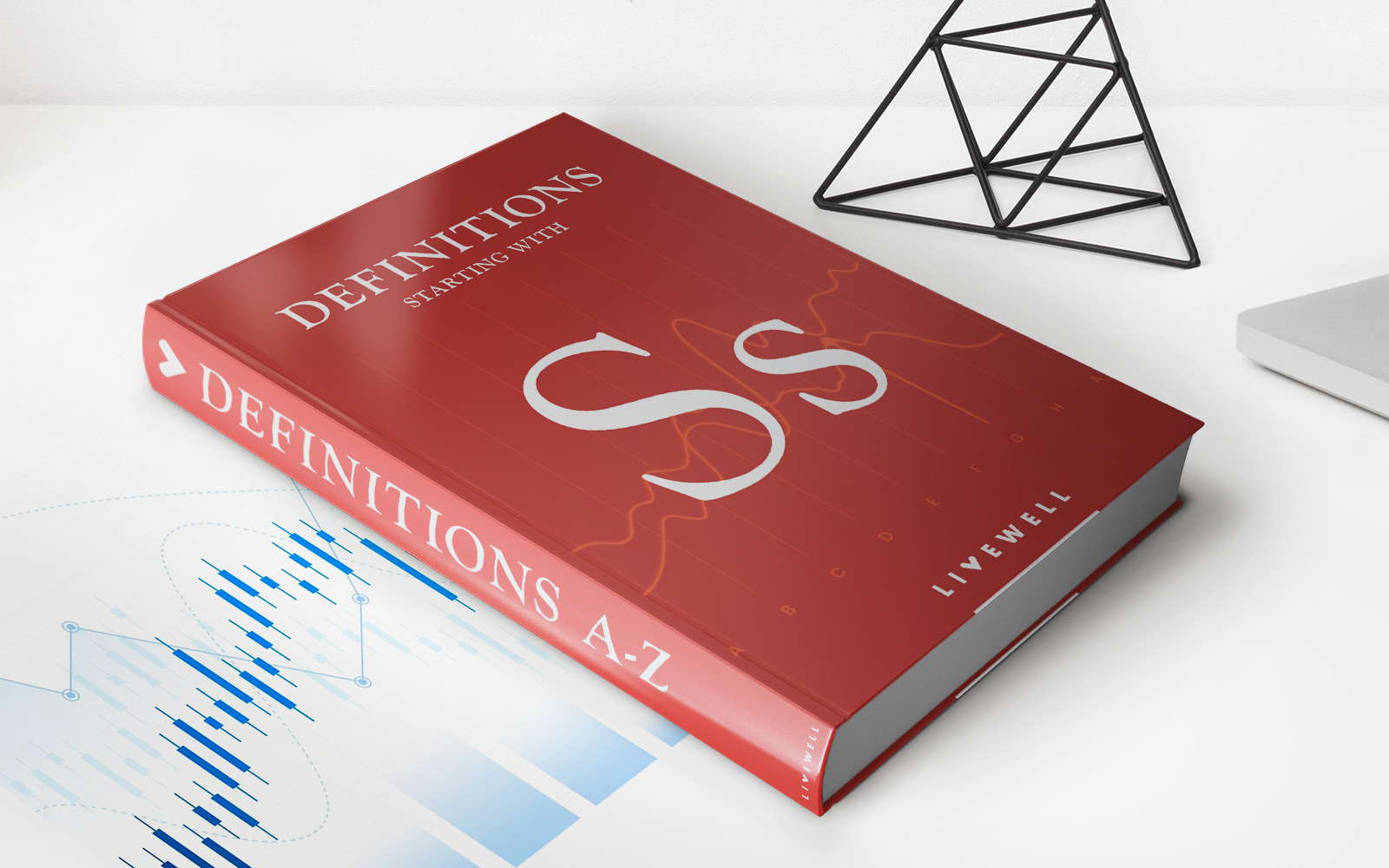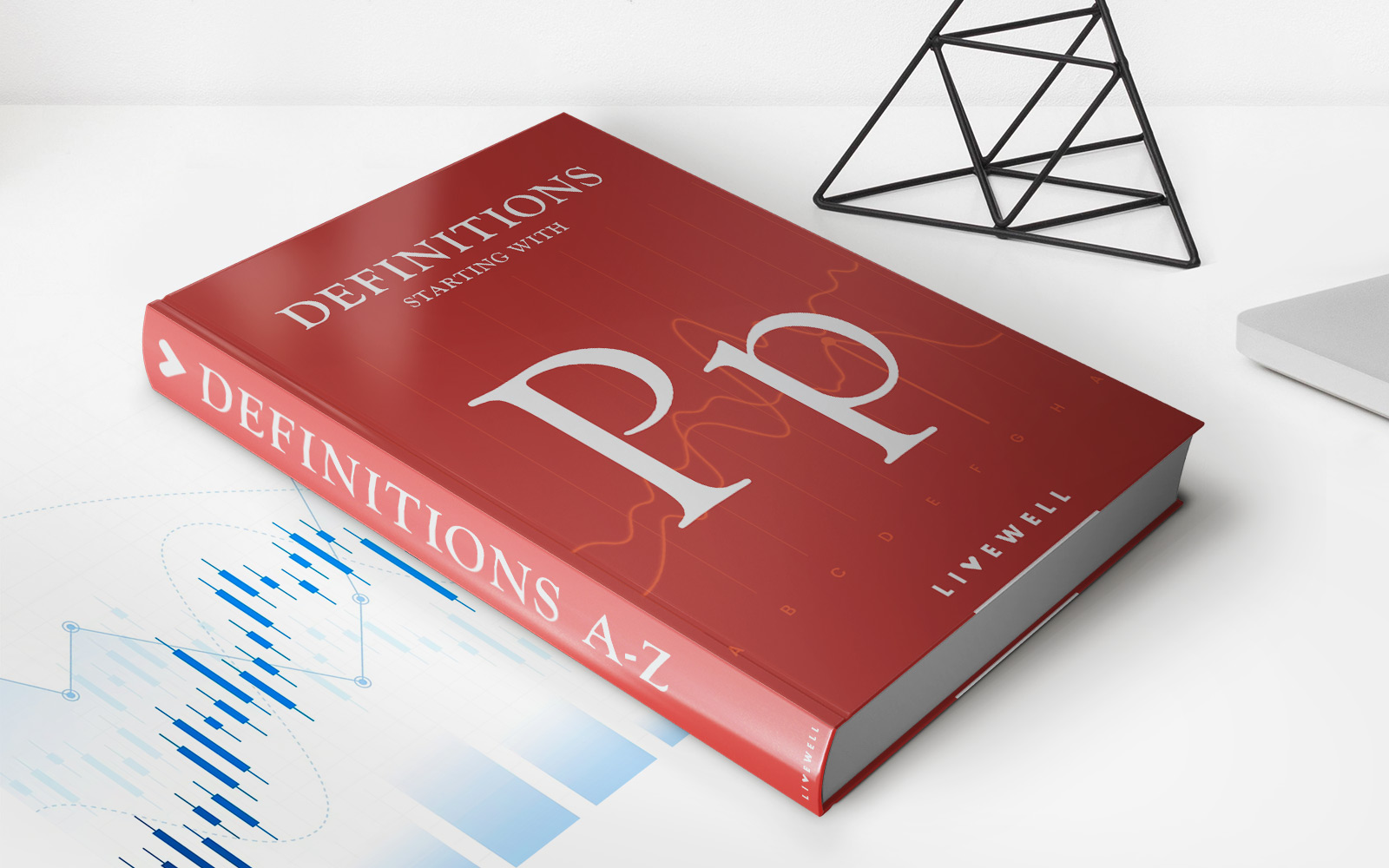

Finance
Mean-Variance Analysis Definition
Published: December 24, 2023
Discover the meaning and importance of mean-variance analysis in finance. Learn how this concept can help optimize portfolio returns and manage risk.
(Many of the links in this article redirect to a specific reviewed product. Your purchase of these products through affiliate links helps to generate commission for LiveWell, at no extra cost. Learn more)
Mean-Variance Analysis: A Comprehensive Guide to Optimizing Investment Portfolios
In the world of finance, making informed investing decisions is crucial to maximizing returns and achieving financial goals. One popular approach is mean-variance analysis, a powerful tool that helps investors optimize their portfolios. In this blog post, we will delve into the definition, key concepts, and practical applications of mean-variance analysis. Whether you are a seasoned investor or just starting out, this guide will provide valuable insights to help you make more informed investment decisions.
Key Takeaways:
- Mean-variance analysis is a framework that balances the expected return and risk of an investment portfolio.
- Efficient frontier is a visualization tool in mean-variance analysis that shows the maximum return an investor can achieve for a given level of risk.
So, what exactly is mean-variance analysis? At its core, this technique aims to find the optimal mix of investments that maximizes returns for a given level of risk. It takes into account the expected returns and volatilities of the individual assets in a portfolio, as well as the correlation between them. By calculating the expected returns, volatilities, and covariances of various portfolios, investors can identify the most efficient portfolio that offers the highest expected return for a specific level of risk.
Mean-variance analysis stands on the foundation of two key concepts: mean and variance. Mean, also known as the expected return, represents the average return an investor can expect to earn from an investment over a specified period. Variance, on the other hand, measures the volatility or risk associated with an investment, showcasing the range of possible returns from the mean. A higher variance indicates a greater potential for fluctuations in returns, while a lower variance signifies more stability.
Now, let’s explore the step-by-step process of mean-variance analysis:
- Identify the universe of available assets: Begin by selecting the assets you are considering for your portfolio, such as stocks, bonds, real estate, or commodities.
- Gather historical data: Collect the historical returns of each asset and calculate their mean returns and variances.
- Compute correlations: Determine the correlation coefficients between each pair of assets. Correlation measures the degree to which two assets move in relation to one another. Positive (+1) correlation suggests they move together, while negative (-1) correlation indicates they move in opposite directions.
- Create a portfolio: Construct portfolios with different asset allocations, combining assets with different expected returns and variances.
- Compute portfolio expected return and variance: Calculate the expected return and variance of each portfolio using the weighted sum of individual asset returns and variances.
- Plot the efficient frontier: Visualize the optimal tradeoff between expected returns and risk by plotting the different portfolios on an efficient frontier graph.
- Select the optimal portfolio: Choose the portfolio that aligns with your risk tolerance and desired return.
Mean-variance analysis has several practical applications that can benefit investors:
- Asset Allocation: By quantifying the expected returns and risks of different assets, mean-variance analysis helps investors allocate their funds across different asset classes to achieve their investment objectives.
- Portfolio Optimization: Using mean-variance analysis, investors can construct portfolios that maximize returns while minimizing risk, based on their risk appetite.
- Performance Evaluation: Mean-variance analysis allows investors to evaluate the performance of their portfolios against benchmark indices or other portfolios, providing valuable insights for future investment decisions.
In conclusion, mean-variance analysis is a powerful tool for investors seeking to optimize their portfolios. By weighing the expected returns and risks of different assets, investors can construct portfolios that align with their risk tolerance and investment objectives. By understanding the fundamentals and following a systematic approach, investors can make more informed decisions and enhance their chances of achieving financial success.














